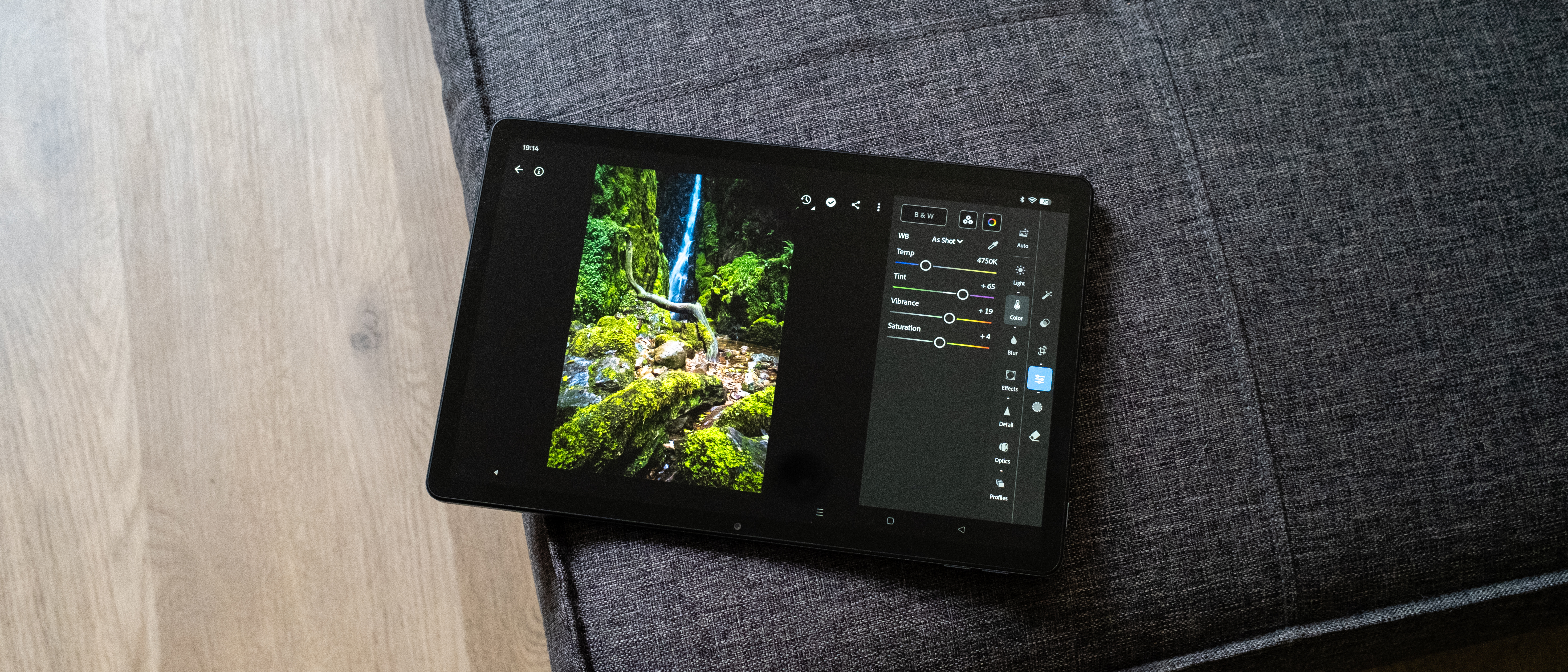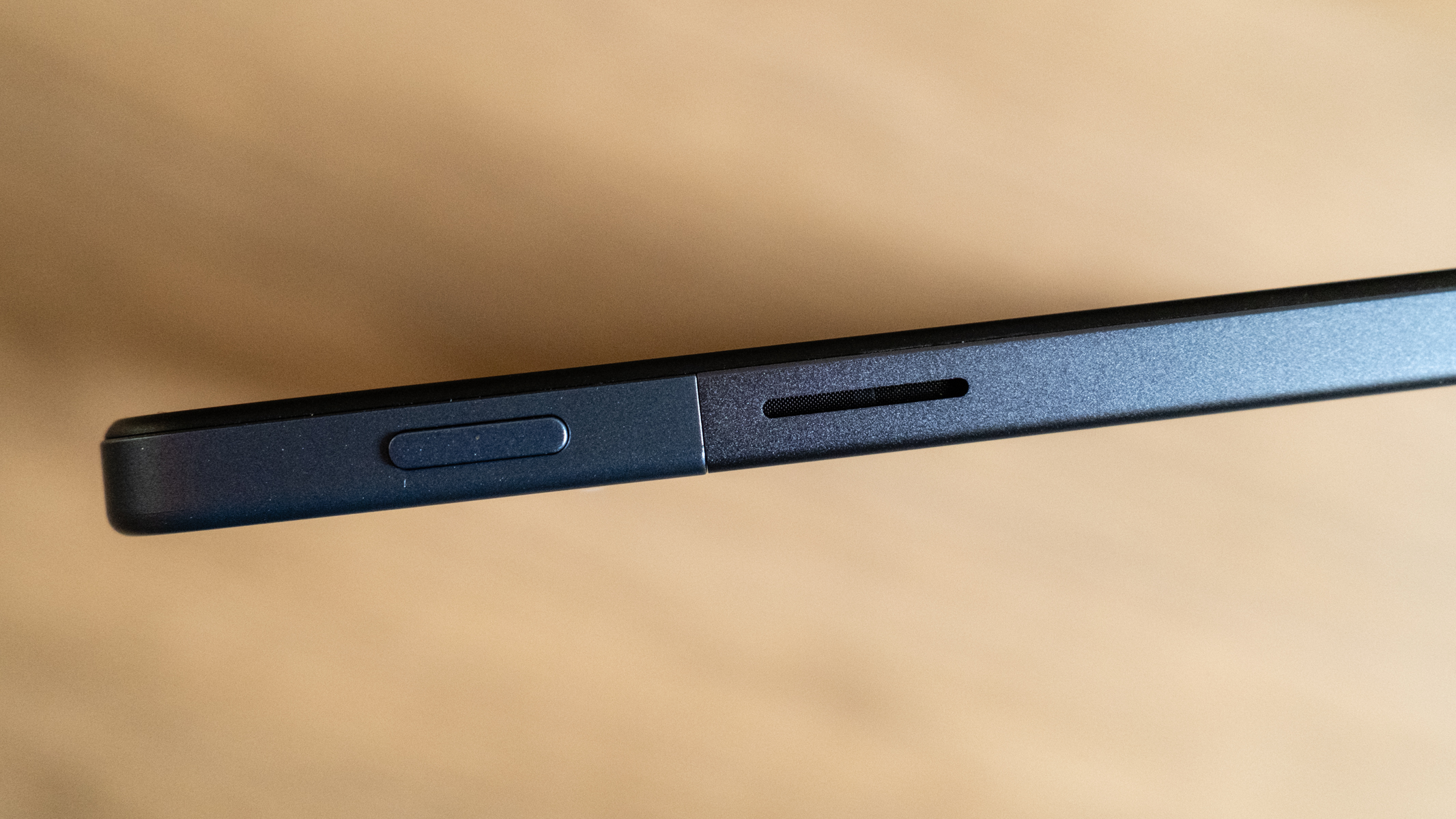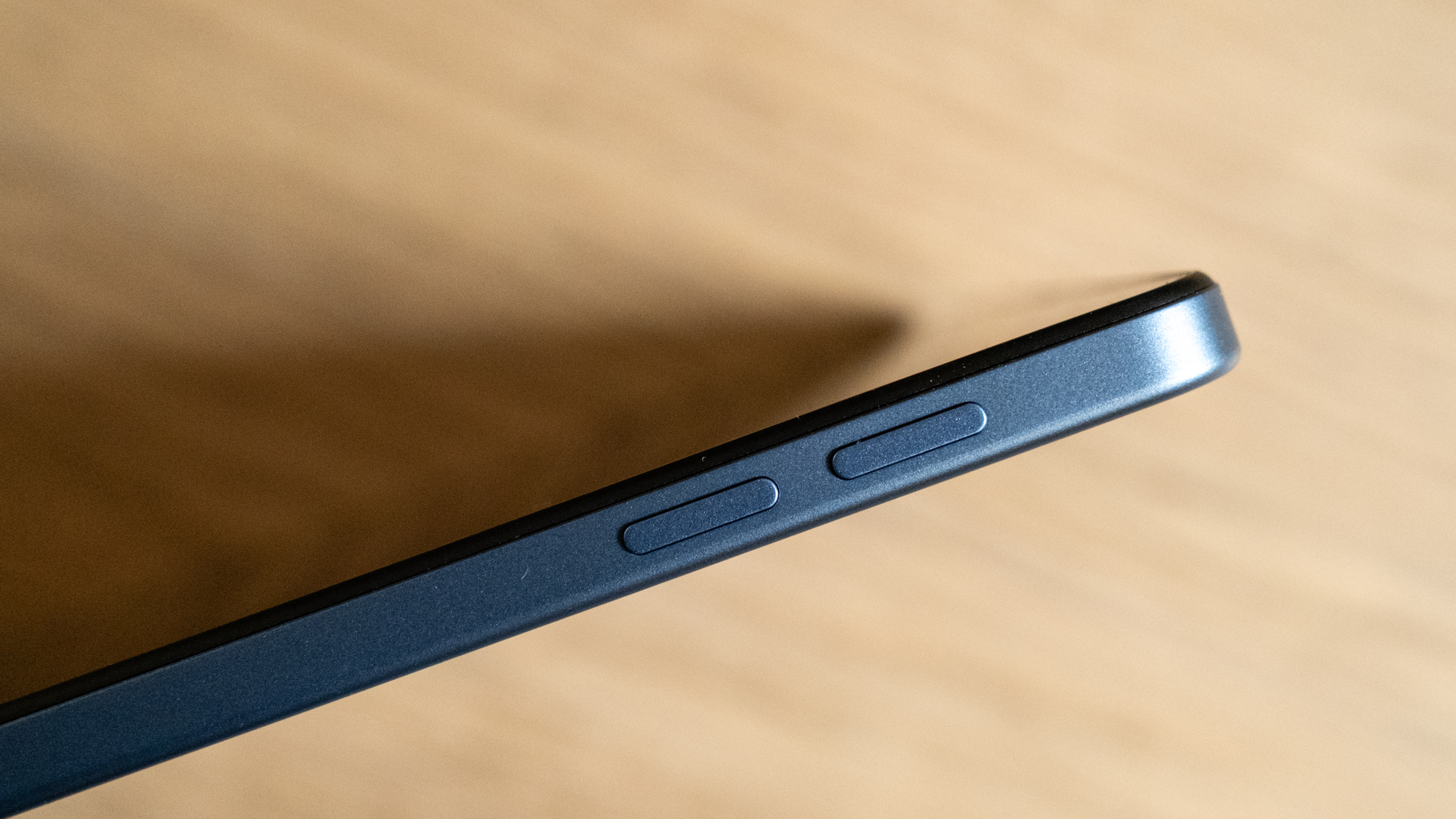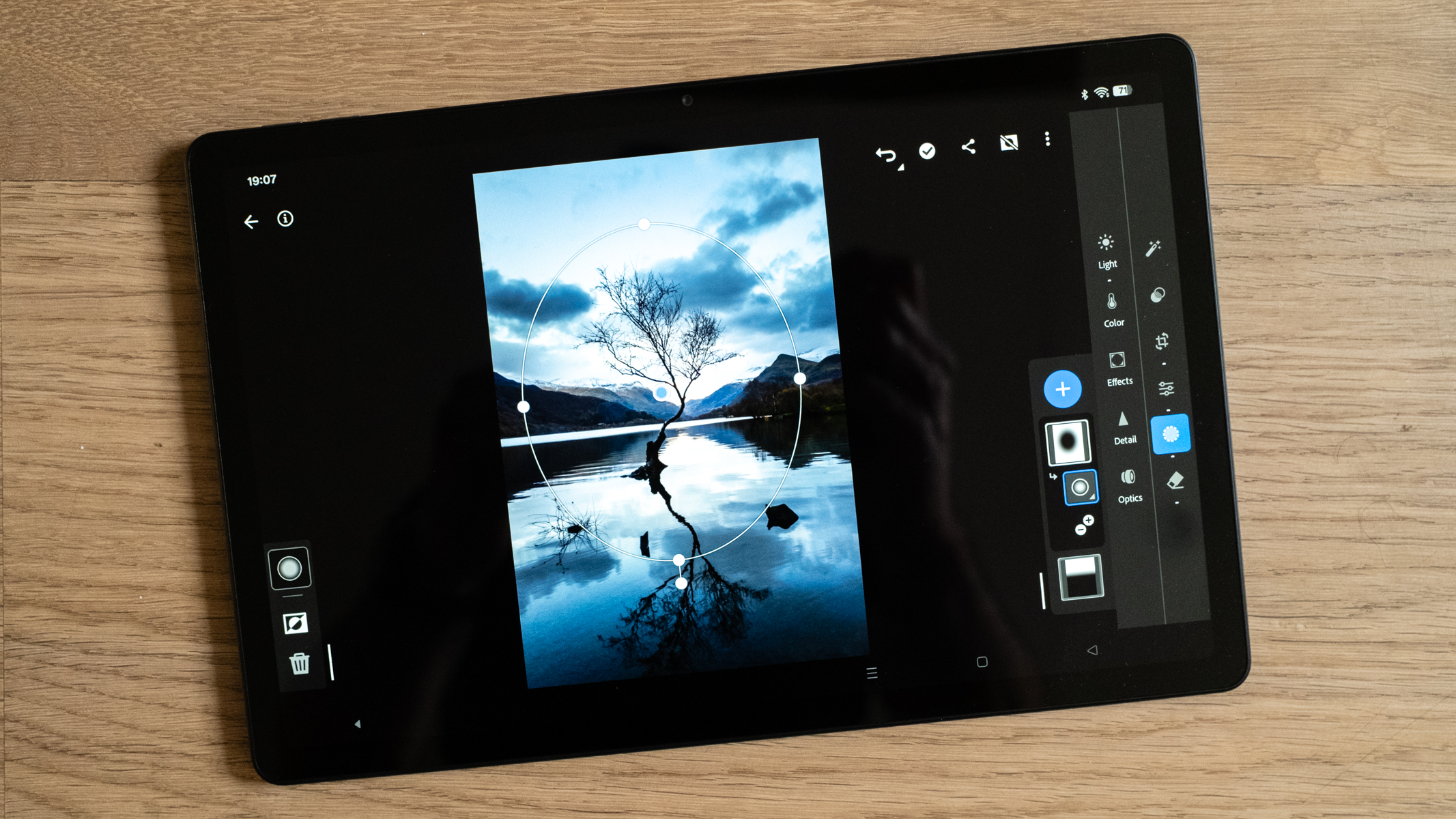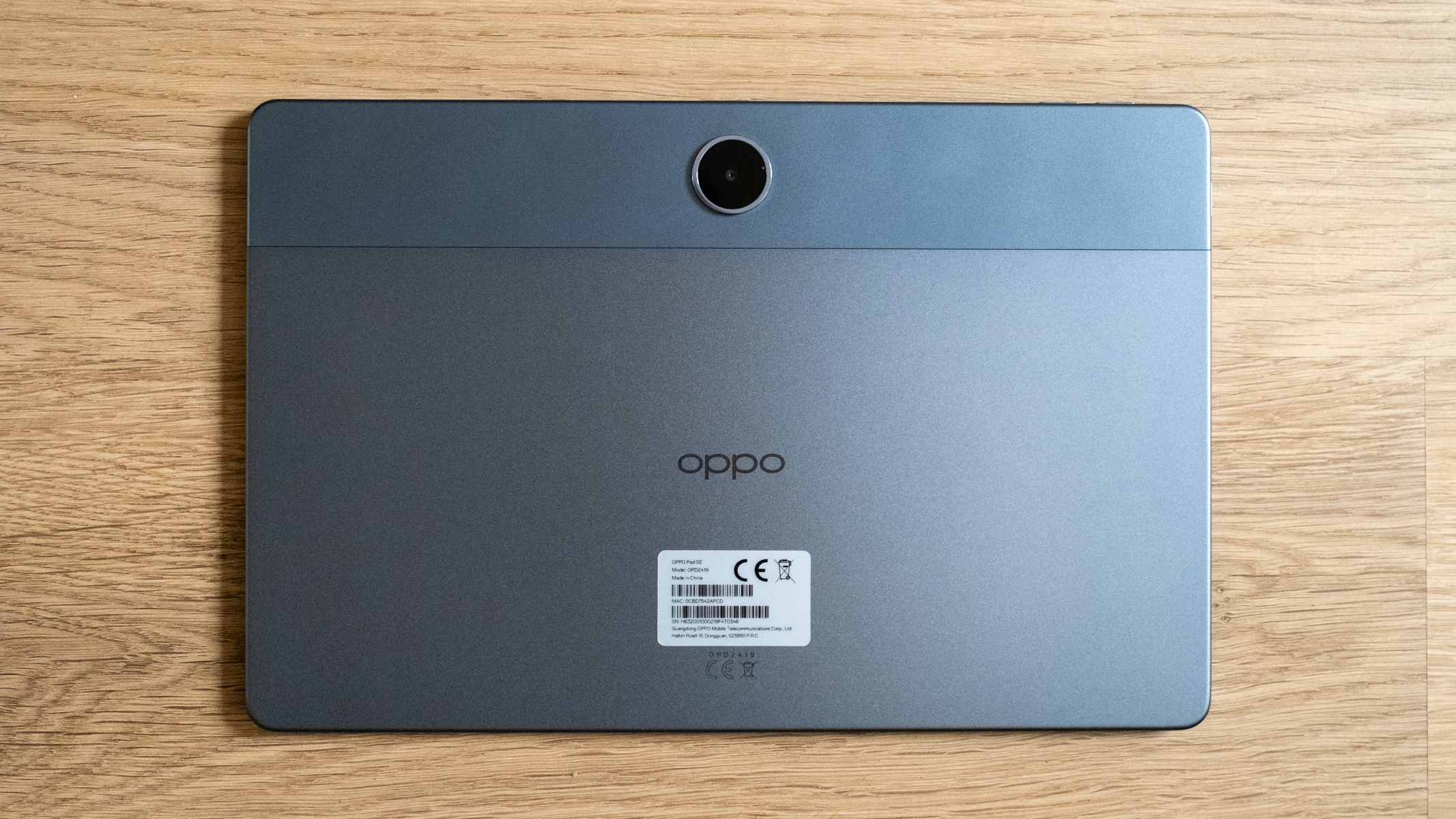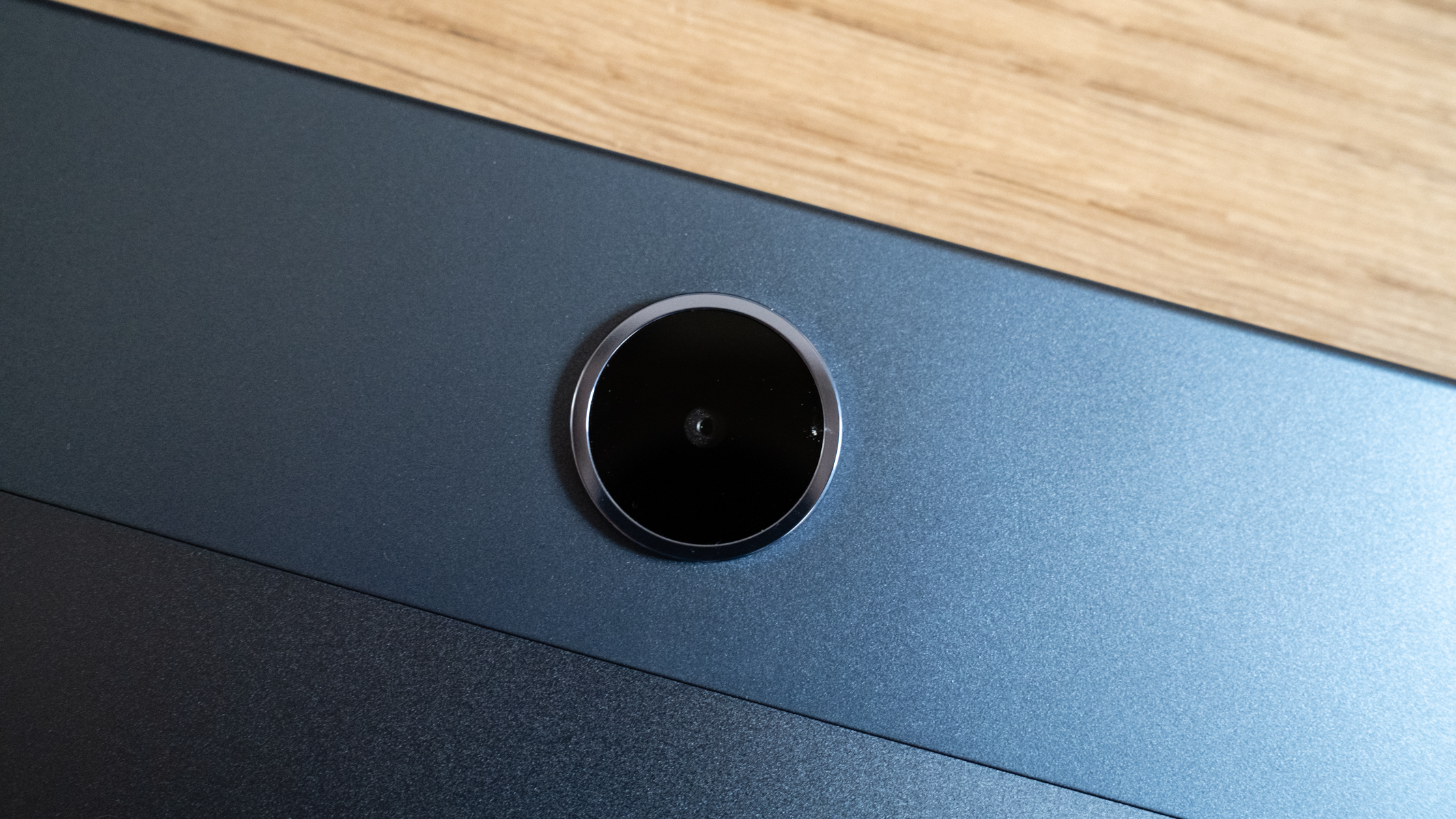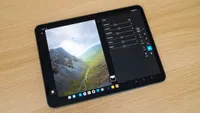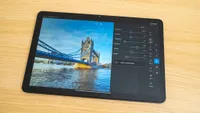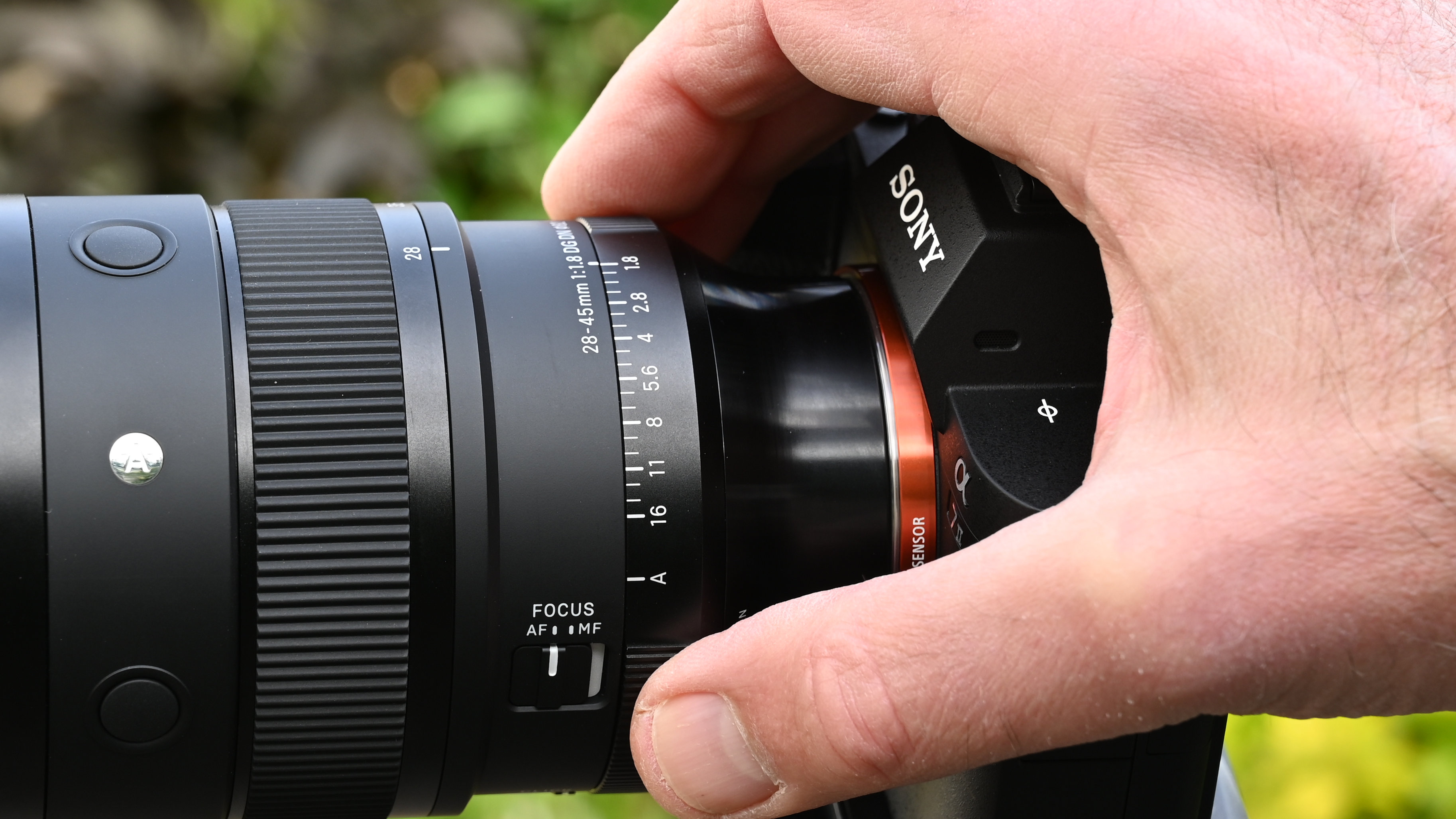Digital Camera World Verdict
The Oppo Pad SE does what many of its direct competitors do, and that’s to provide a tablet with an eye-catching design that belies the cost of the tablet. The overall experience provided by ColorOS 15 is smooth, while the processing power allows you to perform the majority of tasks, although this certainly isn’t a productivity tablet. The Oppo Pad SE sits at the more expensive end of the budget scale, coming in at a slightly higher price than comparable tablets, and the screen resolution is also only FHD rather than 2.5K, so you can get more for less elsewhere.
Pros
- +
Great build quality
- +
Quad speakers
- +
High-capacity battery
Cons
- -
HD resolution
- -
No LTE connectivity
- -
More expensive than the competition
Why you can trust Digital Camera World
It appears we’re in the season for plenty of new budget tablet releases, and the latest to cross my fingertips is the Oppo Pad SE. This is a budget 11-inch model from the popular smartphone manufacturer, which could be one of the best iPad alternatives if you’re looking for a low-cost Android tablet.
Being a budget model, the specs are fairly basic, but there’s enough processing power to perform a range of tasks including entertainment, basic gaming and basic photo editing. The Oppo Pad SE is far from a productivity tablet, but it is reasonably agile when it’s not put under too much pressure.
The Oppo Pad SE is available in several different configurations, and the model sent for testing offers 128GB of storage, 4GB and WiFi connectivity. The 11-inch screen has a 16:10 aspect ratio, which makes the tablet feel compact and easy to hold in one hand when used in portrait and landscape orientations.
The screen is, however, only HD with a lackluster pixel density, so it’s not the most crisp offering at this price point, but it is nice and bright. The battery is something of a beast at 9340mAh, and offers 33W SUPERVOOC charging, so it does provide long life and fast charging when paired up with a charger of 33W or above.
Oppo Pad SE: Specifications
Display | 11in / 27.94cm 1920x1200px / 207ppi |
Processor | MediaTek Helio G100 (8 cores) |
RAM | 4GB / 6GB LPDDR4X |
Battery life | 9340mAh / up to 800 days with intelligent standby |
Storage | 128GB |
Front camera | 5MP 1080p 30fps / 720p 30fps |
Rear camera | 5MP 1080p 30fps / 720p 30fps |
Dimensions | 10.04x6.55x 0.29in / 254.9x166.4x7.39mm |
Weight | 18.7oz / 530g |
Oppo Pad SE: Price
There are several Oppo Pad SE models available with two different screens alongside a WiFi-only and WiFi plus LTE connectivity. The Oppo Pad SE is available in two colors: Starlight Silver and Twilight Blue. The model reviewed is the base model, which has the standard glossy screen, WiFi connectivity, 4GB RAM and 128GB storage. This model costs £219 / AU$399, but isn’t available in the United States.
When considering similar basic tablets in terms of specs, the Oppo Pad SE base model we reviewed sits at the more expensive end of the scale. This means that you can get the same for less elsewhere, often with higher resolution screens, but you may choose this tablet because you would like an Oppo model.
Oppo Pad SE: Design & Handling

Like most budget tablets these days, the Oppo Pad SE does a great job of masquerading as a higher-end device. It has a metal body that helps to produce the illusion, and it feels good in the hand, whether using the tablet in portrait or landscape orientations. The metal body is lightly textured, which offers a degree of grip and is useful if you plan on using the tablet without a case.
The best camera deals, reviews, product advice, and unmissable photography news, direct to your inbox!
Despite the tablet’s comfort when used without a case, this will leave the device vulnerable to scratches on the metal body, possible damage to the rear camera that protrudes slightly from the body and also damage to the screen. The review model came in Twilight Blue, which is a pleasing colour visible on the sides and rear of the tablet, but this would be mostly hidden if the tablet is kept in a case.
This is an 11-inch model but with a 16:10 aspect ratio, so it feels like it’s quite compact compared to tablets with a 7:5 aspect ratio. This puts it at 10.04x6.55x0.29 in / 254.9x166.4x7.39mm with a weight of 18.7oz / 530g, which makes it comfortable to hold in one hand in portrait and landscape orientations.
Ports and controls on the device are limited, but you have everything you need with an on/off button on the top side of the tablet and a couple of sound control buttons on the side. Then there’s a USB-C port for charging and data transfer, a couple of microphones, front and rear-facing cameras and four speakers.
On the subject of the speakers, they’re pretty good and produce a pleasing sound that’s best in the middle and the trebles. Bass, like most tablets, even more expensive models, lacks depth. It’s not horrendous, but it’s not going to provide the sound quality you’d enjoy with wireless earbuds or headphones. The four speakers also provide a noticeable stereo sound, whichever orientation the tablet is held in.
The screen is one of the most important parts of any tablet, and while it is good, it’s not outstanding. Resolution and pixel density are lower than some competitor models, so although the screen produces a decent image, it lacks the clarity of higher resolution screens.
The screen is 11in / 27.94cm with an FHD 1920x1200px resolution rather than 2.5K. The pixel density is 207ppi with a 500-nit maximum brightness. The brightness is great and only 100 nits less bright than the higher-end OnePlus Pad 3. The refresh is adaptive at 60/90Hz. So, nothing amazing here, nothing too bad either, but certainly not class-leading.
The model reviewed also has the standard glossy screen, although there is a model with an Anti-Reflective Matte Display. This display is claimed to offer a paper-like reading and viewing experience with reduced glare from sunlight and indoor lighting, while being almost entirely fingerprint and reflection-free.
The reviewed model had the standard glossy screen, which is highly reflective and a fingerprint magnet. It’s a shame the matte screen isn’t standard. Other screen credentials include a low-blue light and flicker-free TÜV Rheinland certification. While Bedtime Mode automatically adjusts the brightness based on your environment.
Oppo Pad SE: Performance
The Oppo Pad SE runs the ColorOS 15 operating system that provides a smooth tablet experience with a few interesting features thrown in. You get a Personalized Kids Mode, which is great if you’ve bought the tablet for a child, and this is a common use for budget models like this. There’s Google Gemini AI Assistant built-in, plus there are some AI features for photo editing including AI Eraser, Enhance Clarity, Unblur and Remove Reflections.
AI Eraser works well to remove distractions, Enhance Clarity works well but is a bit like cranking up the Clarity slider, Unblur kind of works while Remove Refelctions isn’t good at all. The built-in photo editing controls are impressive and ideal for making minor adjustments, although the cameras are, characteristically for a tablet, mediocre at best.
Both cameras are 5MP and can capture video at 1080p 30fps and 720p 30fps. Tablet cameras always feel like an afterthought, and the Oppo Pad SE is no exception. The rear camera is superior to the front-facing camera as expected, and is adequate for the odd snapshot, but it’s likely to be severely inferior to your smartphone camera.
The tablet is guaranteed by what’s called ‘36-Month Fluency Protection’. Cutting through the marketing, this appears to be firmware updates for this period, designed to keep the tablet running as smoothly as possible. This, of course, wouldn’t cover slowdowns due to almost full storage, which always causes performance issues.
Battery life is good thanks to the 9340mAh battery that offers 33W SUPERVOOC charging. During testing, the battery only went down 50% over a couple of weeks of using the tablet for many, but not all days. Oppo claims a full charge can provide up to 11 hours of online video playback and up to 80 hours of online music playback. Then there’s a long potential standby mode.
Smart Power Saving Mode is claimed to provide up to 800 days of smart power saving. This is facilitated by powering off the tablet after seven days of inactivity. It’s a bold claim which is hard to believe. It’s possible to believe a long standby, although well over two years does sound optimistic.
Like many current Android tablets, the Oppo Pad SE can link to iPhones and iPads to share files, use phone data and mirror your phone’s screen. You can, of course, also connect to other Android devices. Whether or not you need this is another matter, but it’s certainly useful.
I played a few games on the tablet, and with the MediaTek Helio G100 processor and 4GB of RAM, the tablet was much more at home with less demanding games. I did try Call of Duty mobile using the on-screen controls rather than an Xbox controller connected via Bluetooth to see how it handled a more demanding game like this. It was playable, but it was far from the smoothest experience I’ve had playing this game on a tablet.
Oppo Pad SE: Verdict
The Oppo Pad SE does what many of its direct competitors do, and that’s to provide a tablet with an eye-catching design that belies its cost. It seems that the days of cheap-looking plasticky tablets are well and truly behind us. The overall experience provided by ColorOS 15 is smooth and pleasant, while the processing power allows you to perform the majority of tasks, although this certainly isn’t a productivity tablet.
The Oppo Pad SE sits at the more expensive end of the budget scale, coming in at a slightly higher price than comparable tablets. The screen resolution is also only FHD rather than 2.5K, which does make a difference when watching streaming services, especially. With this in mind, you can get more for less, but if you’re deadset on an Oppo tablet on a budget, this remains an option to consider.
Features ★★★★☆ | Quad speakers are pretty good but the screen is only FHD. |
Design ★★★★☆ | Great build quality and design but screen is a fingerprint magnet. |
Performance ★★★☆☆ | Reasonable performance but 4BG RAM is low and the cameras are only 5MP. |
Value ★★★☆☆ | This tablet sits at the more expensive end of the budget scale so it's pricier than some of the alternatives. |
✅ Buy it...
- You’re on a budget and would like a decent tablet.
- You’d like a tablet for entertainment or use by children.
🚫 Don't buy it...
- You’d prefer a high-resolution screen since this one is just FHD.
- You want a tablet for playing demanding games and/or productivity tasks.
Alternatives
The OnePlus Pad Go is a budget model with more RAM and LTE connectivity, so it can handle more productivity tasks and more demanding games than the Oppo Pad SE.
The Xiaomi Redmi Pad 2 is a less expensive budget model than the Oppo Pad SE with similar specs, so you could flip a coin between the two unless you prefer one over the other.
James Abbott is a landscape and portrait photographer based in Cambridge. He’s also an experienced photography journalist specializing in camera skills and Photoshop techniques. He is also a CAA-approved drone pilot and professional aerial photographer.
You must confirm your public display name before commenting
Please logout and then login again, you will then be prompted to enter your display name.
